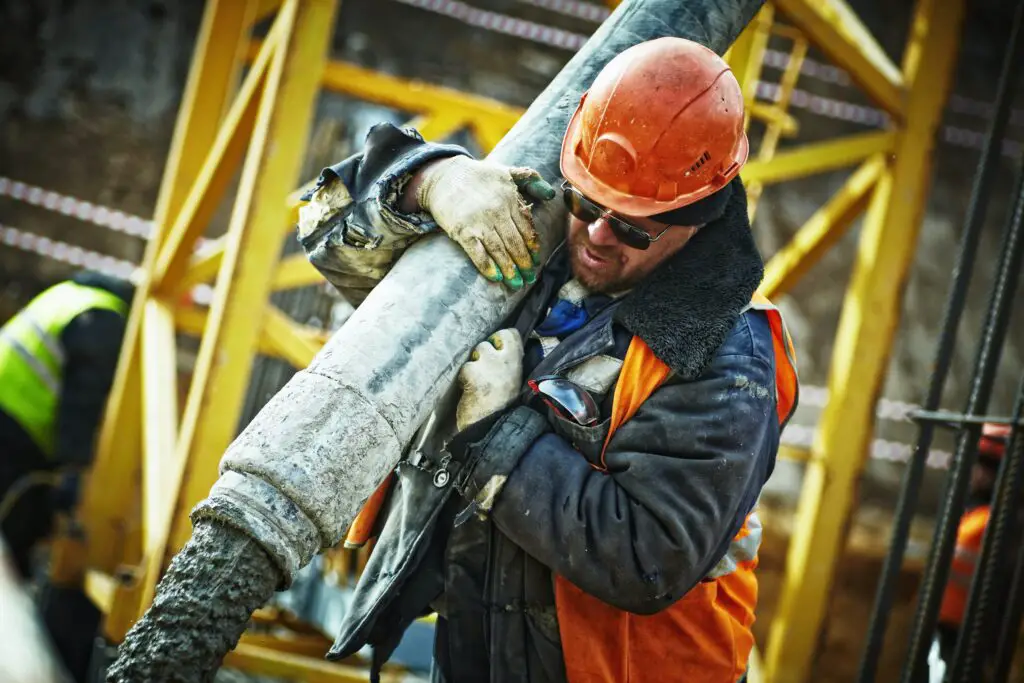Construction sites are notorious for being some of the most dangerous workplaces. With heavy machinery, large equipment, and numerous hazards, workers are exposed to a range of risks that can lead to injury or even death.
In this article, we’ll explore the top 5 hazards in construction and provide tips on how to stay safe on the job site.
1. Falls
Falls are the leading cause of death in the construction industry. Workers may fall from ladders, scaffolding, roofs, or other elevated surfaces. To prevent falls, employers should provide appropriate safety equipment such as harnesses, guardrails, and safety nets. Workers should also be trained in the proper use of equipment and should avoid working at heights in adverse weather conditions.
2. Struck by Object
Workers can be struck by falling or flying objects such as tools, equipment, or debris. Employers should ensure that workers wear appropriate personal protective equipment such as hard hats and safety glasses. Workers should also be trained to store tools and materials properly to prevent them from falling or being knocked over.
3. Electrocution
Electrocution can occur when workers come into contact with live wires, faulty equipment, or other electrical hazards. Employers should ensure that electrical systems are properly installed, maintained, and grounded. Workers should also be trained to recognize electrical hazards and to use appropriate safety equipment such as gloves and insulated tools.

4. Caught in/between
Workers can be caught in or between objects such as machinery, equipment, or materials. Employers should ensure that workers are trained to recognize and avoid these hazards. Workers should also be trained to use equipment safely and to avoid placing themselves in hazardous positions.
5. Chemical Exposure
Construction workers may be exposed to hazardous chemicals such as lead, asbestos, or silica dust. Employers should provide appropriate personal protective equipment such as respirators and gloves. Workers should also be trained to handle hazardous materials safely and to avoid exposure through proper ventilation and work practices.
Conclusion
Construction sites are inherently hazardous workplaces, but employers and workers can take steps to minimize risks and prevent injuries. By providing appropriate safety equipment, training, and hazard recognition, workers can stay safe on the job site. If you’re a construction worker, be sure to stay alert, follow safety protocols, and communicate any concerns with your employer. By working together, we can ensure a safe and productive construction industry.
To see other material construction prices, please see here.
To know other construction guides, tips, and methodology for beginners, veterans, and contractors, please see here.

